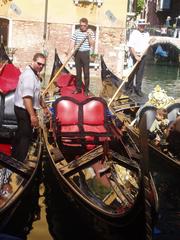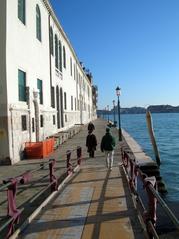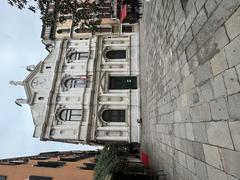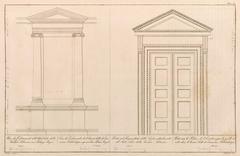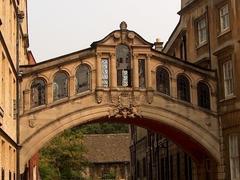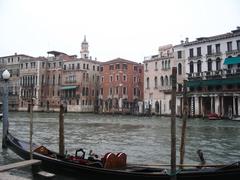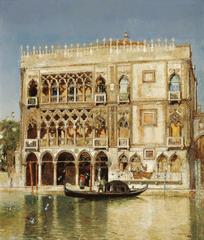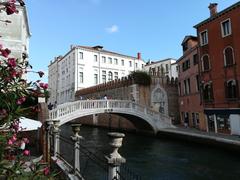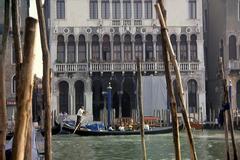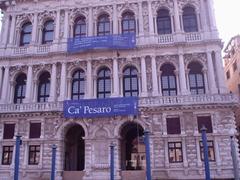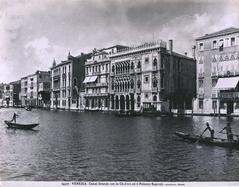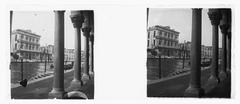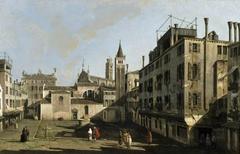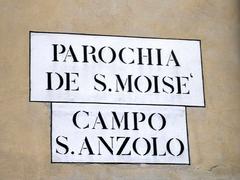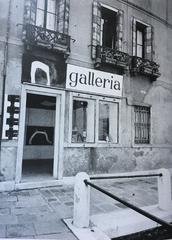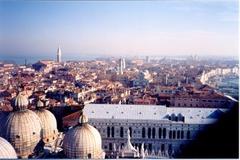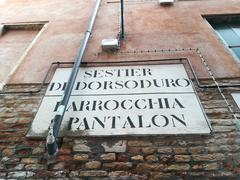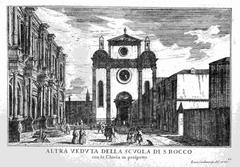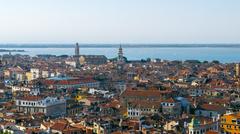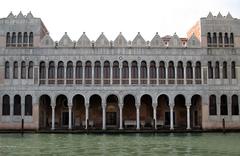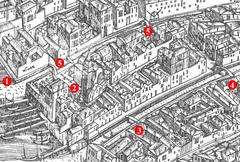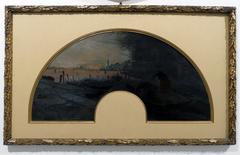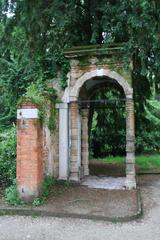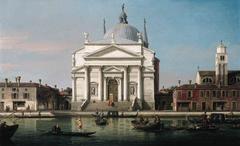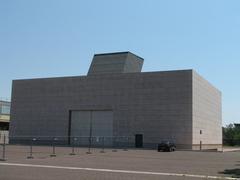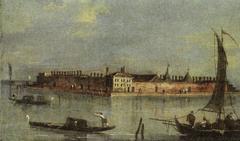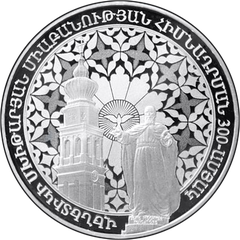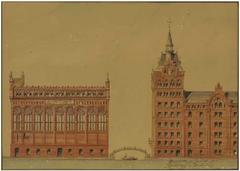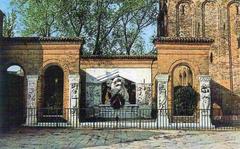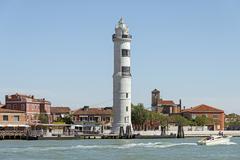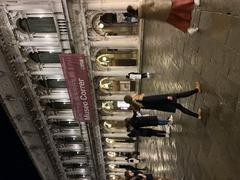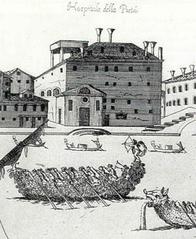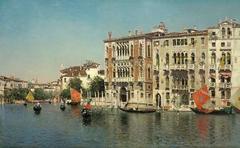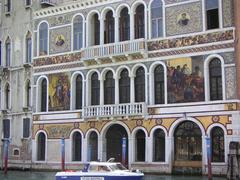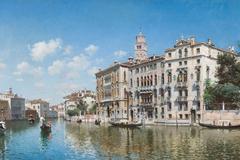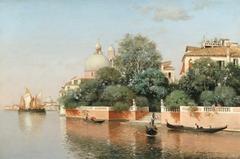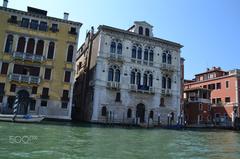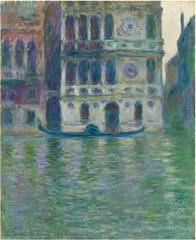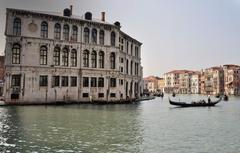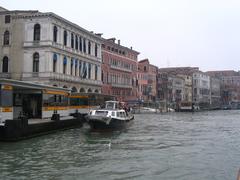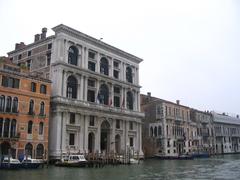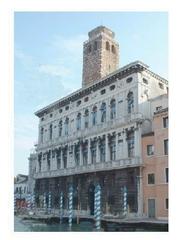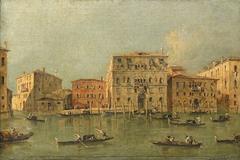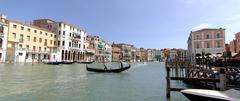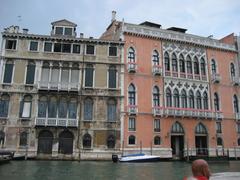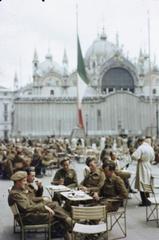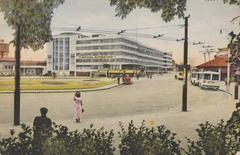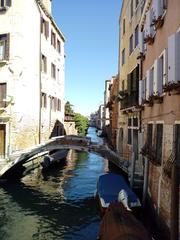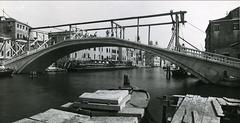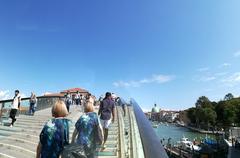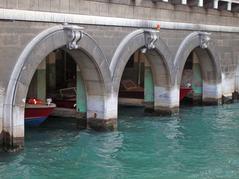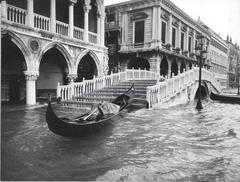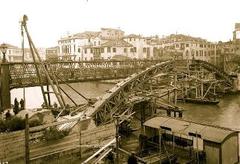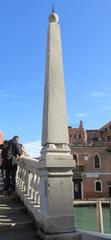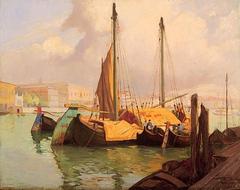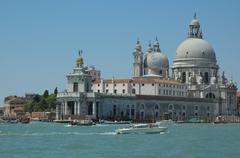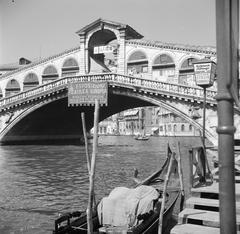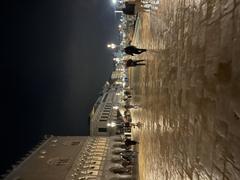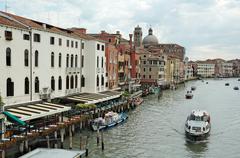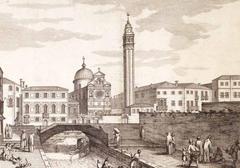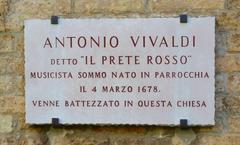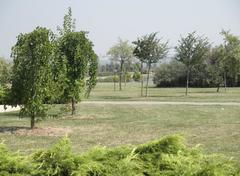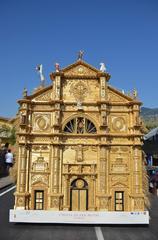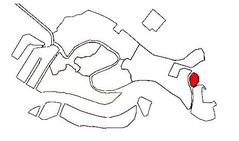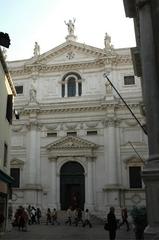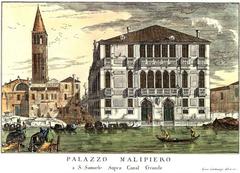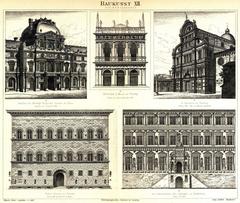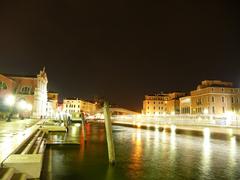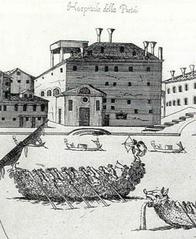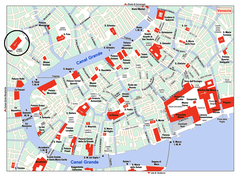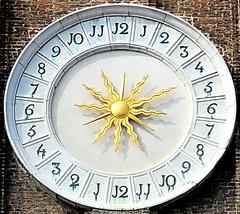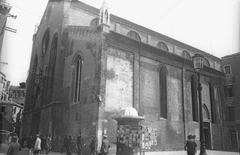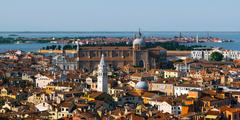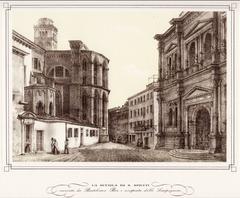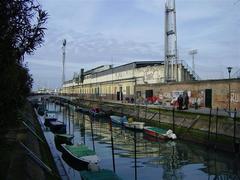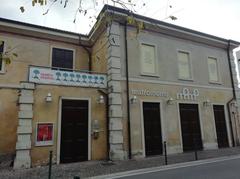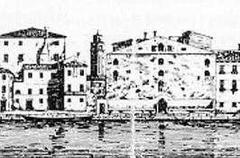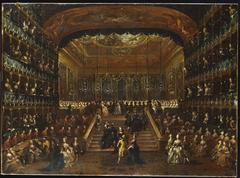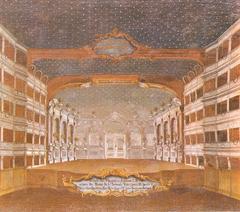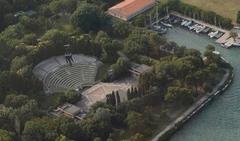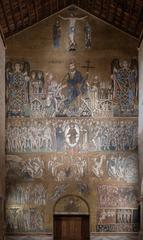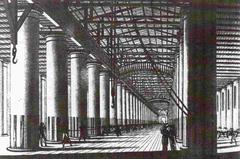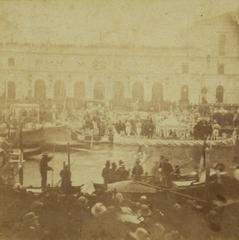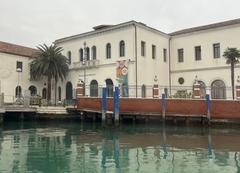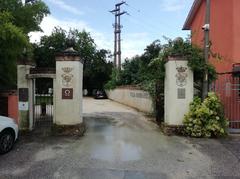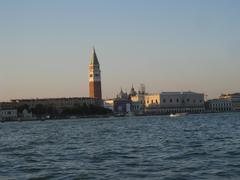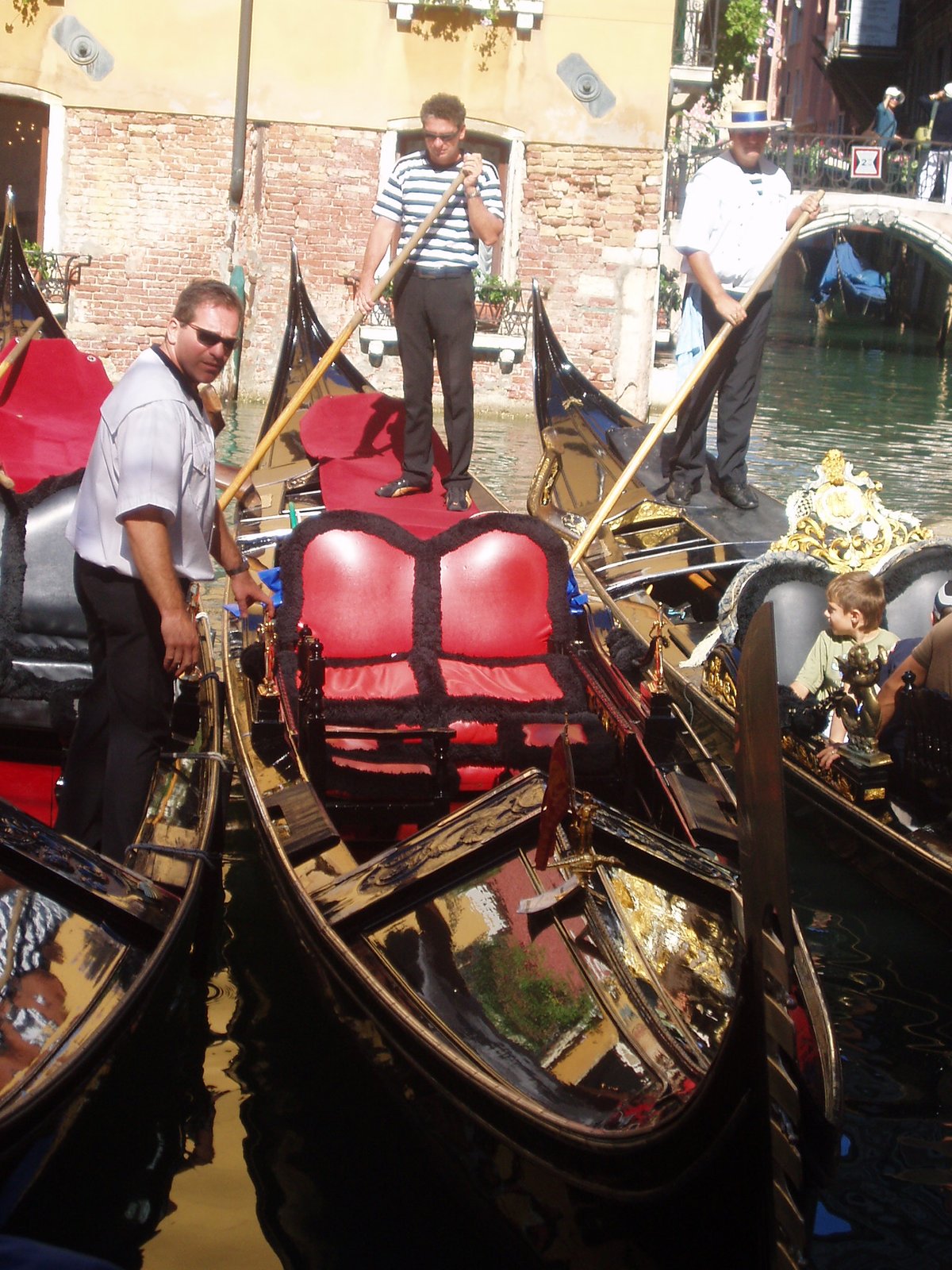
Comprehensive Guide to Visiting Ramo del Selvadego, Venice, Italy
Date: 19/07/2024
Introduction
Nestled in the heart of Venice, Italy, Ramo del Selvadego is a captivating alley that promises an immersive experience into the city’s rich historical and cultural tapestry. As a lesser-known yet significant part of Venice, this alley offers visitors a unique opportunity to explore the architectural and historical gems that define the city. The name ‘Selvadego,’ derived from the Venetian dialect meaning ‘wild’ or ‘untamed,’ reflects the area’s early state before urban development began. Ramo del Selvadego is situated in the San Marco sestiere, one of Venice’s six districts renowned for its historical and cultural significance (Venetian Archives). From its medieval beginnings as a vital passageway for merchants to its Renaissance transformation featuring notable buildings like the Palazzo Selvadego, this alley encapsulates various periods of Venetian history (Venice Tourism). Today, Ramo del Selvadego continues to attract history enthusiasts, architecture lovers, and curious travelers who seek to understand Venice’s past and present, supported by ongoing preservation efforts from local and international organizations (Venice in Peril Fund).
Table of Contents
- Introduction
- Early Origins and Development
- Modern Era and Preservation Efforts
- Architectural Significance
- Cultural Impact
- Visitor Information
- Nearby Attractions
- Preservation Challenges
- FAQ
- Conclusion
Early Origins and Development
Medieval Period
During the medieval period, Venice was a burgeoning maritime power, and the area around Ramo del Selvadego began to see significant development. The alley served as a crucial link between the bustling Piazza San Marco and the residential quarters. The strategic location of Ramo del Selvadego made it a vital passageway for merchants and residents alike. Historical records from the 12th century indicate that the alley was lined with small shops and artisan workshops, contributing to the local economy (Venetian Archives).
Renaissance Flourish
The Renaissance era marked a period of immense growth and prosperity for Venice. Ramo del Selvadego, like many parts of the city, underwent significant architectural and cultural transformations. The alley became home to several notable buildings, including palazzos and religious institutions. One of the most prominent structures from this period is the Palazzo Selvadego, a grand residence that exemplifies Renaissance architecture with its ornate facades and intricate detailing (Venice Tourism).
18th and 19th Centuries
The 18th and 19th centuries were periods of both decline and resurgence for Venice. The fall of the Venetian Republic in 1797 to Napoleon Bonaparte marked the end of an era. However, Ramo del Selvadego continued to be a significant part of the urban landscape. The alley saw a mix of residential and commercial use, with many buildings being repurposed to meet the changing needs of the population. The 19th century also brought about restoration efforts to preserve the historical and architectural integrity of the area (UNESCO).
Modern Era and Preservation Efforts
In the 20th century, Venice faced numerous challenges, including flooding and the impact of mass tourism. Ramo del Selvadego, with its narrow pathways and historical buildings, required careful preservation efforts to maintain its unique character. The alley is now part of several conservation projects aimed at protecting Venice’s cultural heritage. These efforts are supported by both local authorities and international organizations, ensuring that Ramo del Selvadego remains a testament to Venice’s rich history (Venice in Peril Fund).
Architectural Significance
Ramo del Selvadego is renowned for its architectural diversity, reflecting various periods of Venetian history. The alley features a mix of Gothic, Renaissance, and Baroque styles, each contributing to the area’s unique aesthetic. Notable buildings include the aforementioned Palazzo Selvadego and several smaller residences that showcase traditional Venetian architectural elements such as arched windows, decorative cornices, and intricate stonework (Architectural Digest).
Cultural Impact
The cultural significance of Ramo del Selvadego extends beyond its architectural beauty. The alley has been a source of inspiration for artists, writers, and historians. It has been depicted in numerous paintings and literary works that capture the essence of Venetian life. The area also hosts various cultural events and festivals, celebrating Venice’s rich heritage and attracting visitors from around the world (Venice Biennale).
Visitor Information
Visiting Hours and Tickets
Ramo del Selvadego is accessible 24/7 as it is a public alley. However, specific buildings and attractions within the alley may have their own visiting hours and ticket requirements. For instance, Palazzo Selvadego may require a ticket for entry, which can typically be purchased online or at the site (Venice Tourism).
Travel Tips
- Best Time to Visit: Early morning or late afternoon to avoid the crowds.
- Footwear: Wear comfortable shoes as the cobblestone pathways can be uneven.
- Guided Tours: Consider joining a guided tour to gain deeper insights into the history and significance of the area.
- Local Cuisine: Don’t miss out on trying local Venetian delicacies at nearby cafes and restaurants.
Nearby Attractions
- Piazza San Marco: Just a short walk away, this iconic square is home to St. Mark’s Basilica and the Doge’s Palace.
- Rialto Bridge: Another famous landmark, offering stunning views of the Grand Canal.
- Teatro La Fenice: A renowned opera house with a rich history and beautiful architecture.
Preservation Challenges
Despite ongoing preservation efforts, Ramo del Selvadego faces several challenges. The impact of climate change, particularly rising sea levels and frequent flooding, poses a significant threat to the structural integrity of the buildings. Additionally, the influx of tourists can strain the delicate infrastructure of the alley. Local authorities and preservation organizations continue to work on sustainable solutions to protect this historical gem for future generations (Save Venice Inc.).
FAQ
Q: What are the visiting hours for Ramo del Selvadego?
A: Ramo del Selvadego is accessible 24/7, but specific buildings may have their own visiting hours.
Q: Is there an entry fee for Ramo del Selvadego?
A: The alley itself is free to access, but some buildings like Palazzo Selvadego may require a ticket for entry.
Q: What are some nearby attractions?
A: Nearby attractions include Piazza San Marco, Rialto Bridge, and Teatro La Fenice.
Q: What should I wear when visiting Ramo del Selvadego?
A: Comfortable shoes are recommended due to the cobblestone pathways.
Conclusion
Ramo del Selvadego stands as a testament to Venice’s rich and varied history. From its early origins to its modern-day significance, the alley encapsulates the essence of Venetian culture and architecture. As efforts to preserve and protect this historical site continue, Ramo del Selvadego remains a vital part of Venice’s heritage, offering visitors a unique and immersive experience into the city’s past (Venice Heritage).
Call to Action
Explore more about Venice and its hidden gems by downloading our mobile app Audiala. Check out other related posts on our website and follow us on social media for the latest updates!
References
- Venetian Archives, https://www.archiviodistatovenezia.it
- Venice Tourism, https://www.veneziaunica.it
- UNESCO, https://whc.unesco.org/en/list/394
- Venice in Peril Fund, https://www.veniceinperil.org
- Save Venice Inc., https://www.savevenice.org
- Venice Heritage, https://www.veniceheritage.org
